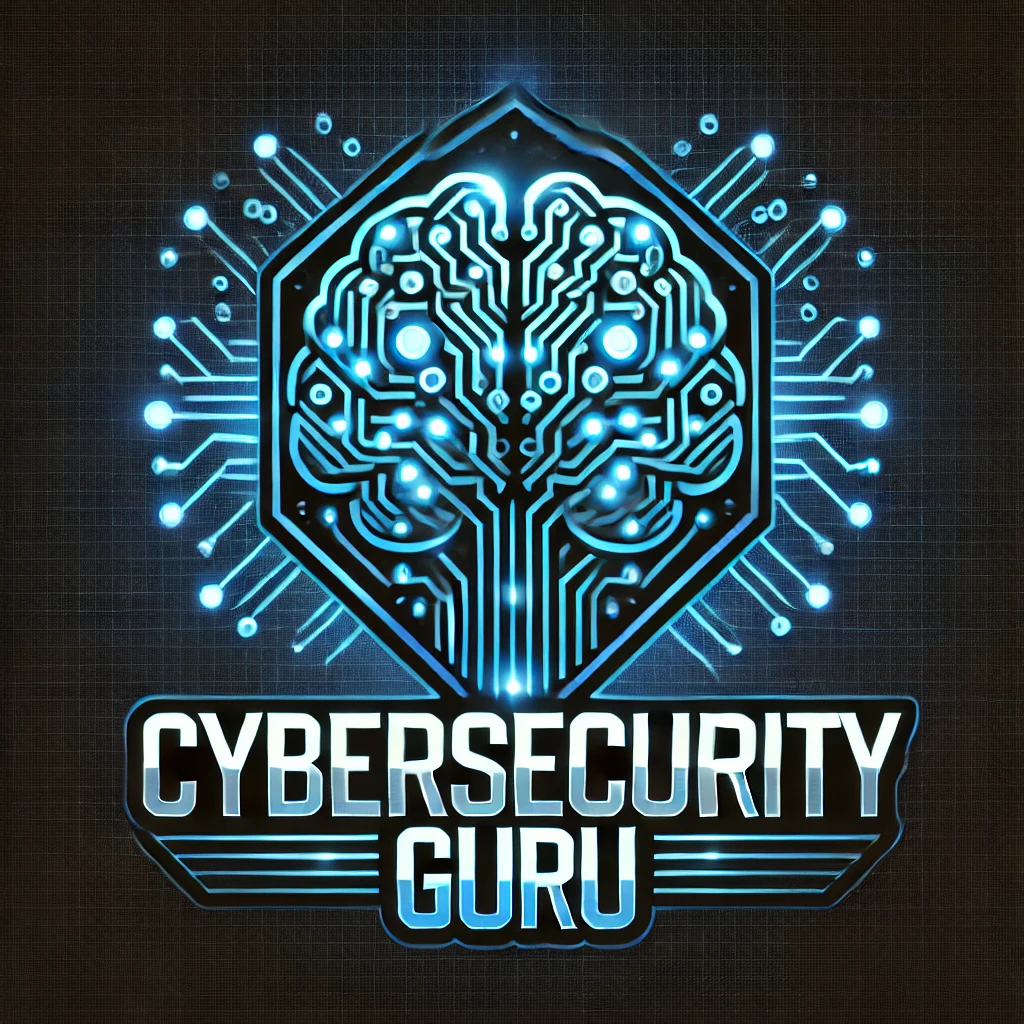Author: admin
-
The Future of Auditing: Leveraging Generative AI Frameworks
What is a Generative AI Framework? A Generative AI Framework is a structured set of tools, models, and best practices designed to harness the power of generative artificial intelligence (AI) for specific applications. In the context of auditing, this framework enables organizations to automate, enhance, and scale their auditing processes while ensuring precision and compliance.…
-
Revolutionizing Cybersecurity with AI-driven Penetration Testing
As the digital world evolves, so do the threats that organizations face. Traditional methods of penetration testing (pentesting), while still effective, are no longer sufficient to combat sophisticated cyberattacks. Enter Artificial Intelligence (AI)-driven penetration testing—a groundbreaking approach that leverages the power of AI to uncover vulnerabilities faster, more efficiently, and with greater accuracy. The Evolution…
-
Understanding Attack Surface Management (ASM) and the Role of Active Security Defense (ASD)
Introduction In the ever-evolving cybersecurity landscape, organizations face a myriad of threats targeting their digital assets. To safeguard against these threats, businesses must adopt proactive strategies to identify, assess, and mitigate vulnerabilities. Two critical components of this approach are Attack Surface Management (ASM) and Active Security Defense (ASD). This blog explores these concepts, their significance,…
-
Pentesting and Prompt Engineering: A Dual Approach to Cybersecurity
In the rapidly evolving landscape of technology, two domains that are gaining significant attention are penetration testing (pentesting) and prompt engineering. At first glance, these fields might appear unrelated, but they share a critical commonality: both aim to uncover vulnerabilities and optimize systems for better performance. This blog delves into the intersection of pentesting and…
-
Understanding the OWASP Top 10 : Securing the Future
In the rapidly evolving world of financial technology (fintech), security isn’t optional—it’s essential. Fintech platforms handle vast amounts of sensitive financial data, making them prime targets for cybercriminals. Understanding and addressing the most critical security risks is paramount to ensuring trust and compliance. That’s where the OWASP Top 10 comes in. This list, maintained by…
-
Understanding Encoding, Encryption, and Tokenization: Key Differences and Use Cases
In the field of data security, terms like encoding, encryption, and tokenization are often used interchangeably, but they serve very different purposes. Each of these processes transforms data to protect, secure, or transfer it safely, but their mechanisms and objectives differ significantly. Understanding these distinctions is essential for anyone working with sensitive information. In this…
-
Safeguarding the Future of Creative and Computational Power
In this post, we’ll delve into key security concerns surrounding generative AI, why they matter, and what steps can be taken to mitigate risks. 1. Data Security and Privacy Risks Generative AI models, especially those designed to generate realistic human-like text or imagery, require vast amounts of training data. Much of this data is sourced…
-
Ensuring Compliance in Fintech: Navigating the Regulatory Landscape
This article explores the key aspects of compliance in the Fintech sector and offers insights on how organizations can effectively manage their compliance responsibilities. The Importance of Compliance in Fintech Compliance in Fintech is critical for several reasons: Key Compliance Challenges in Fintech Fintech companies face several unique challenges in achieving and maintaining compliance: Essential…
-
Dissecting the Cyber Kill Chain: Understanding the Anatomy of a Cyber Attack
Introduction: Cybersecurity professionals often use military analogies, and one of the most apt is the concept of the “Cyber Kill Chain.” Developed by Lockheed Martin, the Cyber Kill Chain framework is a part of the intelligence-driven defense model for the identification and prevention of cyber intrusions activity. Understanding this framework can help organizations develop effective…
-
Embracing Zero Trust: A Paradigm Shift in Cybersecurity
Introduction: As cyber threats grow more sophisticated, traditional security measures that rely on perimeter defenses are no longer adequate. In response, the cybersecurity world is shifting towards a ‘Zero Trust’ model – a strategy that assumes no one inside or outside the network is trustworthy, and verification is required from everyone trying to access resources…
